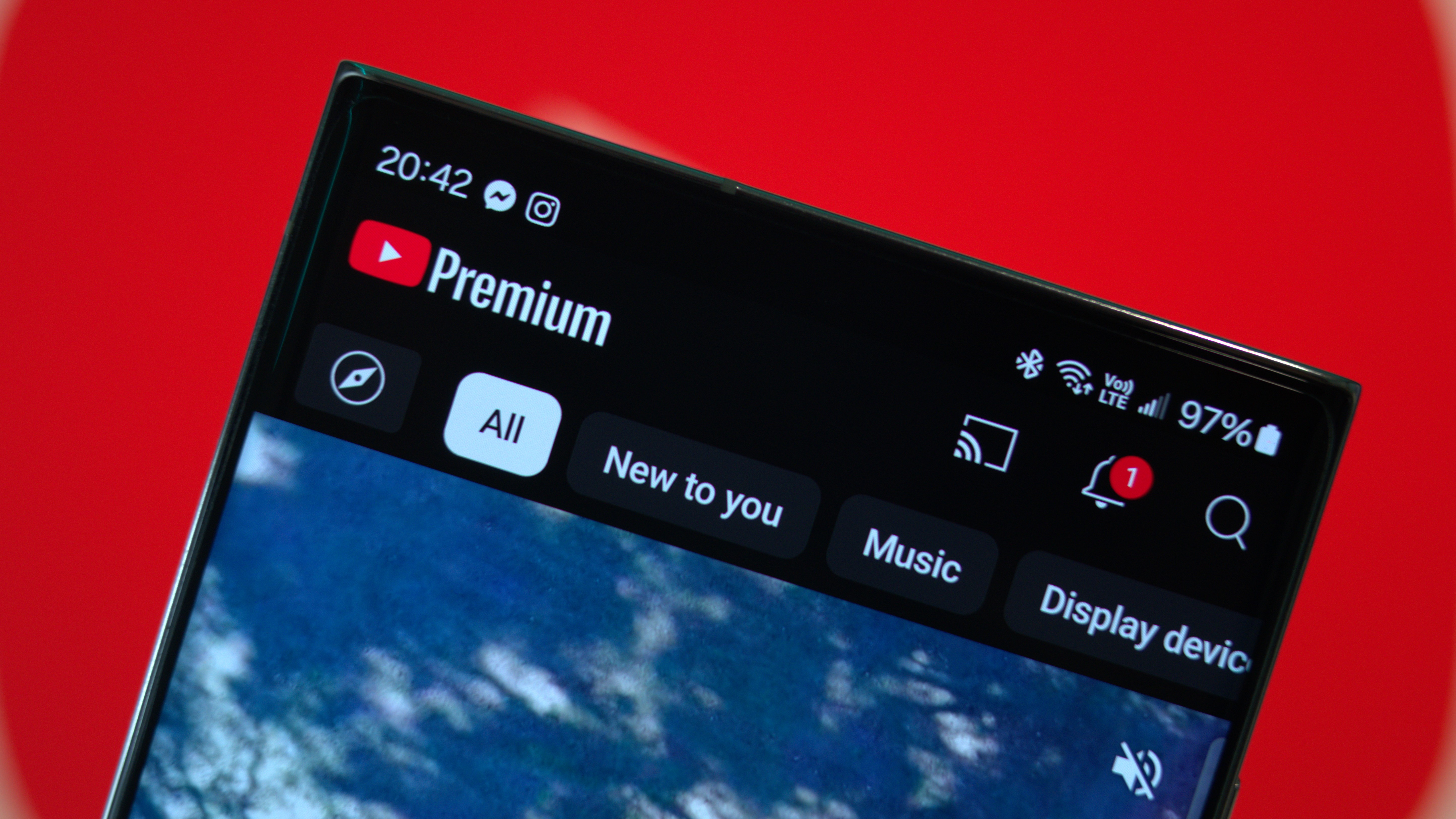Mobile World Congress 2016: The Android Central postmortem
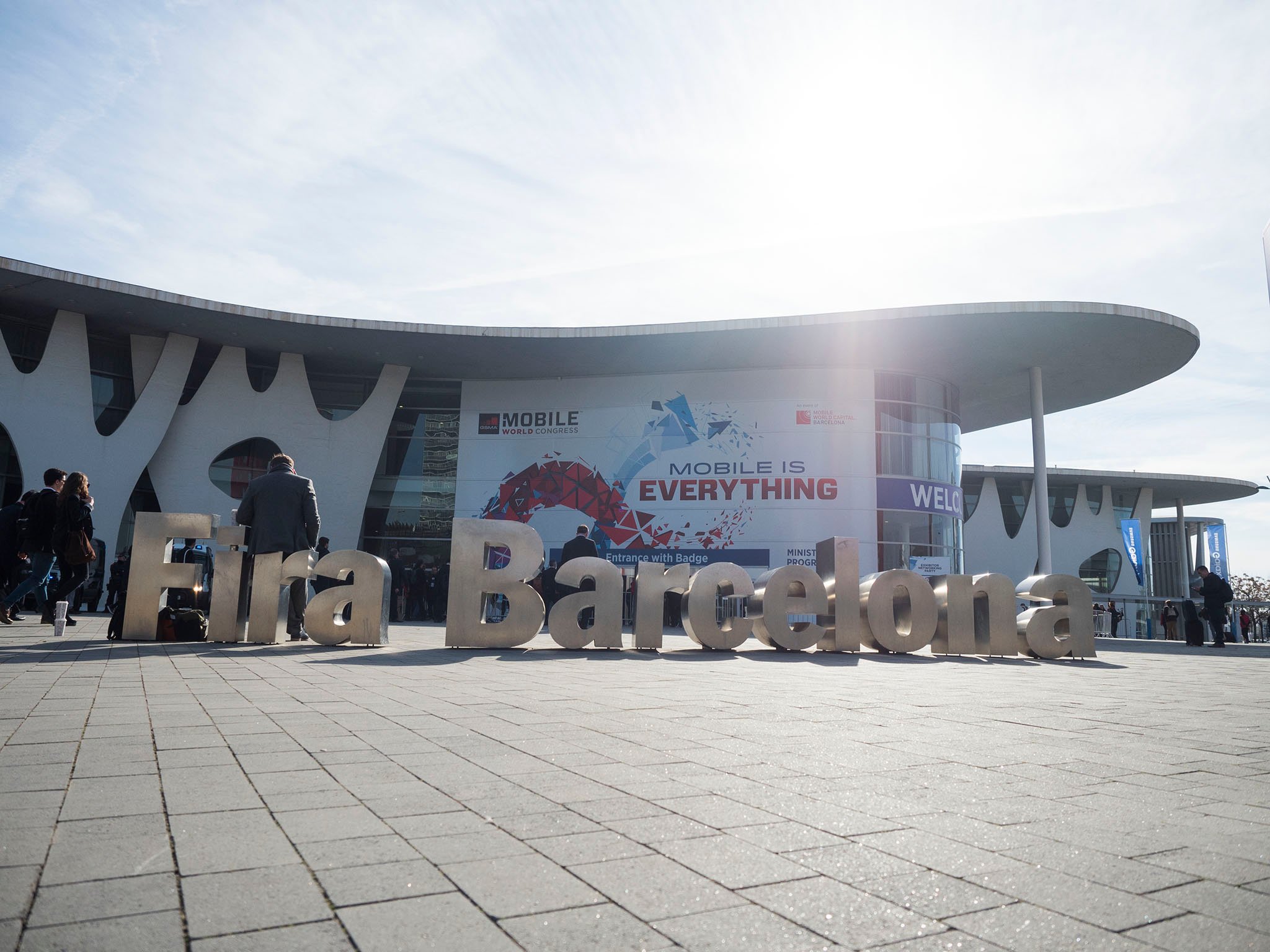
This year's Mobile World Congress was the most eventful in years, with major flagship announcements from some of the biggest names in Android. The weeklong show gave us newer and faster phones with more beautiful hardware than ever, along with some surprises from the biggest players in the smartphone space.
There's been a lot of news to keep track of, so we've done the legwork for you, condensing all the major MWC 2016 developments into one place. So what are you waiting for? Head past the break to get up to speed on everything from the biggest show in mobile.
More: Catch up on the big announcements from MWC 2016!
Samsung
As much as MWC 2016 was one of the busiest single events in years for Android, it was once again Samsung's show. The Galaxy S7 and S7 edge are undoubtedly going to be among the best-selling Android phones of the year, and deservedly so.
You can argue that Samsung didn't give us any revolutionary changes this time around. Instead, it did something much more important: taking three good phones — the Galaxy S6, S6 edge and S6 edge+ — and condensing them into two awesome phones. Water resistance and improvements in battery capacity are important advancements. Meanwhile an improved low-light camera should keep the Korean firm at the top of the pile (or at least near its summit) when it comes to imaging. All three are areas in which smartphone hardware has yet to plateau, and thus important spaces for Samsung to differentiate its products.
More: Samsung Galaxy S7 + S7 edge preview
The Unpacked event itself also bears mentioning. For the third year running, Samsung did its thing at the CCIB (Centre de Convencions Internacional de Barcelona), located away from the bustle of the main MWC venue, and a stone's throw from the beach. Unpacked 2016 was a mix of virtual reality showboating and real-life spectacle, with Gear VR-equipped attendees arranged around a central stage.
Get the latest news from Android Central, your trusted companion in the world of Android
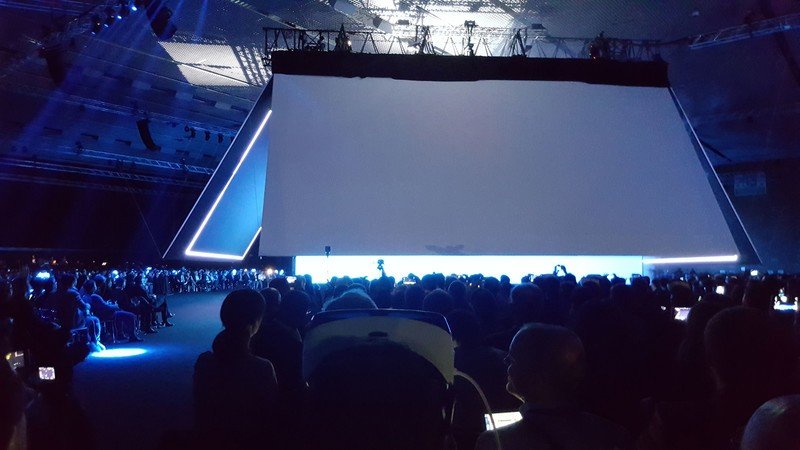
Samsung Unpacked 2016 was bombastic and showy, but not weird.
New Samsung Mobile boss DJ Koh put in a strong performance, tying together a presentation that managed to be bombastic and showy, but not weird — a balance Samsung hasn't always managed to pull off. Facebook CEO Mark Zuckerberg, already in town for his MWC keynote, talked up VR as a platform for sharing important moments, giving us a glimpse of something beyond the relatively crude stereoscopic experience of the current Gear VR. Also a big deal: A brief cameo from Epic Games co-founder Tim Sweeney — who's previously made appearances at Apple launch events — to talk up the GS7's gaming prowess.
LG
Samsung's local rival LG focused on being different at this year's MWC, introducing the G5 — a phone built with differentiation in mind, and a clean break from the past three years of LG smartphones. It's LG's first metal-bodied flagship, with a unique design that keeps necessary antenna lines out of sight. It's got two cameras — one regular, one wide-angle — along with LG's trademark laser autofocus. But the biggest technological feat comes from the G5's removable modules — remove the bottom section of the phone and swap out for extra camera controls and an additional 1,100mAh of battery, or 32-bit audio from Band & Olufsen.
LG's new mobile products are all about being different.
Modular attachments for mobile devices aren't a new idea, and not everyone is convinced they'll be anything beyond one big gimmick.
Nevertheless, this is pure LG, trying different and crazy ideas in order to position itself as the de facto alternative to Samsung. (And in fact, the company's Feb. 21 press conference contained more than a few Samsung comparisons.)
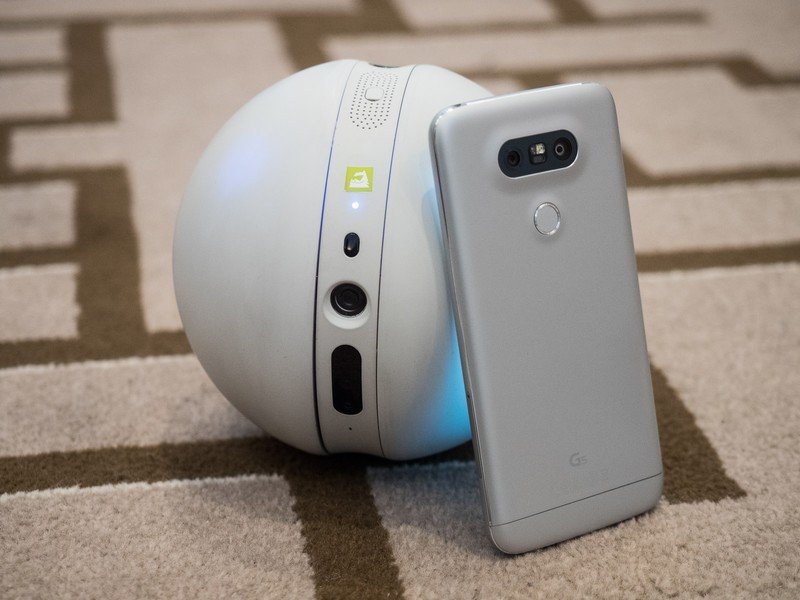
LG's positioning the G5 at the heart of a new ecosystem of "Friends" — add-ons that work with the phone with a minimal amount of setup. These include the LG 360 CAM and 360 VR, as well as the adorable LG Rolling Bot. The latter two are clear rivals to Samsung's own Gear VR and Gear 360 offerings, while the Rolling Bot is a product of the kind of crazy experimentation that makes LG LG.
However these new products work out for LG, it's clear the company's not afraid of trying new stuff. And that's going to make its 2016 lineup very interesting to watch.
Sony
When it comes to its high-end Xperia phones, Sony Mobile is normally about predictable (almost boring) incremental upgrades every six months. At MWC this year, that changed.
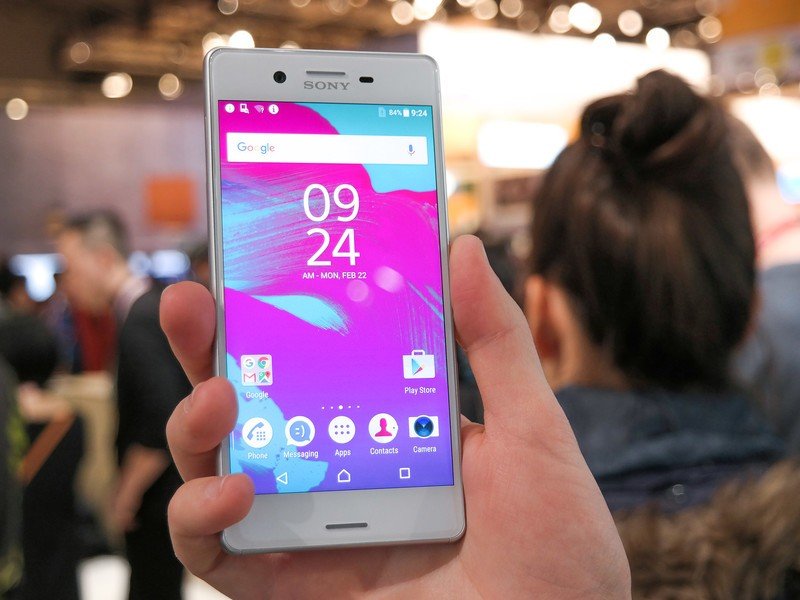
The Xperia X is the new flagship series for Sony, the old Z series being not entirely 100 percent dead, but unlikely to make a return anytime soon. Sony's new portfolio is centered around the "super-mid" 5-inch Xperia X, a Snapdragon 650-powered beast, which incorporates an updated version of the Xperia Z5's camera, along with a new metal-backed design. Then at the high end, the Xperia X Performance packs a Snapdragon 820 into an almost identical body. The biggest surprise from the Sony booth was that both performed pretty much identically in day-to-day tasks.
Xperia Z isn't quite dead, but it's clear the new, leaner Xperia X series is what's next for Sony.
It's a readjustment for Sony, which arguably sees it sidestepping a direct confrontation with the likes of Samsung and Apple, as it moves towards a leaner lineup of smartphones.
The other big news from Sony came from its new smart wearable — the Xperia Ear, and a range of "Concept" devices including the Xperia Eye, Xperia Agent and Xperia Projector. Taking after its 2015 Marshmallow software Concept, these are more about showing Sony's future direction than any specific product — and the devices we saw on the show floor were very early. Regardless, they show the importance of the Xperia brand, and point to its expansion beyond phones and tablets in the near future.
More: Xperia X + X Performance hands-on
HTC
In an announcement largely steamrolled by Samsung and LG, HTC unveiled three new entry-level Desire phones on MWC media day, while also bringing the dual-SIM One X9 to international markets. For enthusiasts, the most interesting thing about these is the move back to capacitive buttons for the Taiwanese firm as it readies its next flagship. (And that would fit with rumors already doing the rounds concerning the HTC One M10.)
As for HTC's next big thing, it took to Twitter to tease the M10's arrival as MWC was coming to a close.

In the absence of any firm M10 details however, the biggest HTC announcement of the show wasn't a mobile device at all, it was Vive, the firm's VR hardware developed in partnership with Valve. MWC brought news of the VR kit's $799 price tag. (That's just $200 more than rival Oculus.) HTC also took the wraps off the final Vive hardware itself, which included a new polished finish, a refined head strap to hold it more securely, along with improved gaskets. Vive is available for pre-order now, with units set to ship in April.
More: First look at HTC Vive consumer version{.cta .large}
Huawei

Boom: Huawei is now a laptop manufacturer. The Chinese firm didn't have any Android-specific announcements in Barcelona. Instead, it used the show to launch itself into the Windows 2-in-1 world with the MateBook.
This Surface-like device borrows from the design language of Huawei's phones, including a fingerprint scanner, a super-slim profile and a new app to connect seamlessly to your Android phone.
For more on the Huawei MateBook, check out Richard Device's write-up over on Windows Central.
Xiaomi
Chinese giant Xiaomi introduced itself to a global audience at this year's MWC, taking the wraps off the Snapdragon 820-powered Mi 5. At a high level the phone is classic Xiaomi, packing trailblazing internals into a highly affordable package — in this case, one with a price tag below $400.
Much like Samsung, Xiaomi's latest is all about curves, metal and glass. The rounded ceramic rear reminds us of the Galaxy Note 5, as does the front-mounted fingerprint scanner, which also doubles as a home key. On the software side though, it's all Xiaomi, with MIUI 7 living atop Android 6.0 Marshmallow.

Snapdragon 820 for less than 400 bucks.
And Qualcomm also played a huge role in the company's Feb. 24 press conference, with Xiaomi's Hugo Barra talking up the processor's computational, graphical and LTE chops.
While we won't see the Mi 5 (officially) in Europe or North America anytime soon, it's already hit 16 million pre-orders in other markets. And with the company courting attention from Western press, it's likely it won't stick to traditional strongholds like China and India forever.
More: Xiaomi Mi 5 hands-on
Alcatel
Alcatel OneTouch is dead. The TCL-owned firm is now simply Alcatel, and with this change in branding comes two intriguing new handsets: the Idol 4 and Idol 4s. The regular Idol 4 sticks with the mid-level internals for which Alcatel has been known, with a Snapdragon 615 running the show and a 1080p display, while the Idol 4s steps up to a new Snapdragon 652 and a 2K AMOLED display — a first for the company.
Also praiseworthy: Alcatel's new glass-backed design language, borrowing a little from Samsung while introducing a unique dual front and rear-facing speaker setup. And the "Boom" key, a programmable switch which can be pressed to ramp up brightness in movies, increase volume and bass in music playback, or perform a variety of other tasks.
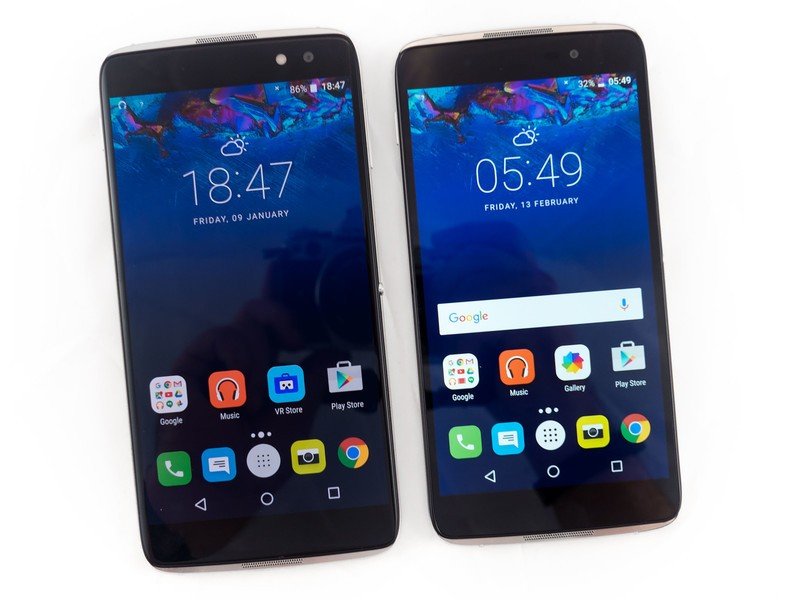
Alcatel's new phones will become available this April for €279 to €449 depending on configuration, which is a bit more expensive than the firm's 2015 portfolio. There are no plans for a U.S. launch of these specific models, but Alcatel reps left us with the impression that something similar but slightly different is on the cards for American buyers later this year.
More: Alcatel Idol 4 and 4s hands-on
Qualcomm and Google
Qualcomm was one of the big winners of the show, with Snapdragon 820- and 650-based handsets dominating the announcements out of Barcelona. The LG G5, Sony Xperia X Premium, Xiaomi Mi 5 and (in some markets) the Galaxy S7 all use Qualcomm's latest and greatest SoC. And the company was keen to talk up its performance and efficiency compared to the previous generation 810 — a chipset with a somewhat tarnished reputation.
What's more, Snapdragon 650 and 652, with their newer and more powerful A72 cores and Adreno 510 GPU, could be seen taking over from the older Snapdragon 615 in the mid-range space.
Qualcomm will continue to face tough competition from MediaTek in Asia, but the chipmaker looks set for a strong 2016 based on what we've seen in Barcelona.
And Google's presence at MWC was centered around the "Android Garden," a characteristically whimsical collection of Android topiaries, smoothies, "Androidify" characters and wacky experiments. And aptly for an OS at the heart of most of the gadgets on show in Barcelona, Android's official home was sandwiched between two of the main exhibition halls.
More: A closer look at the Android Garden at MWC
Head on over to our Mobile World Congress landing page for all our stories from Barcelona. And be sure to share your favorite announcement down in the comments!

Alex was with Android Central for over a decade, producing written and video content for the site, and served as global Executive Editor from 2016 to 2022.
